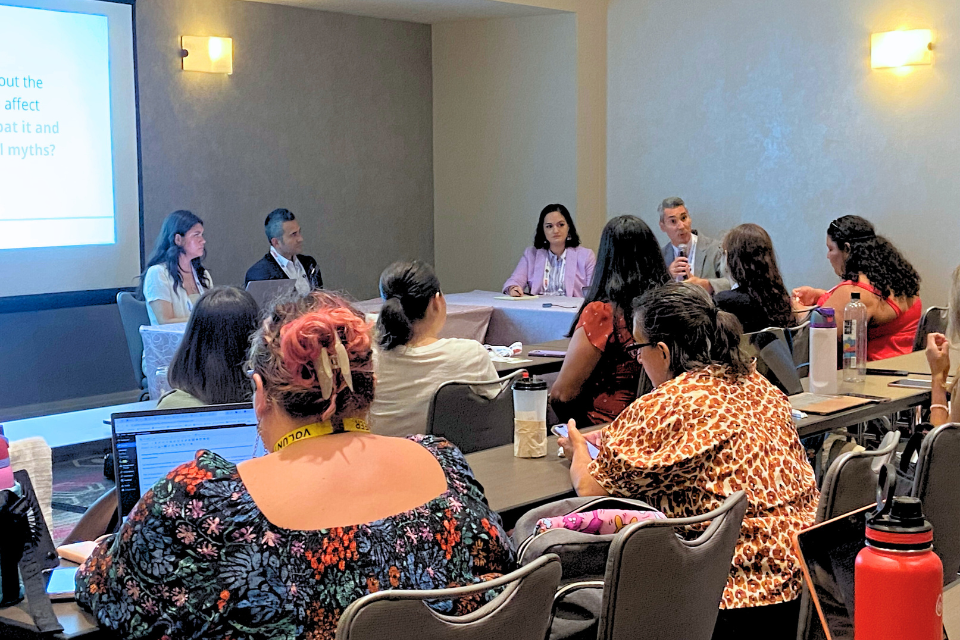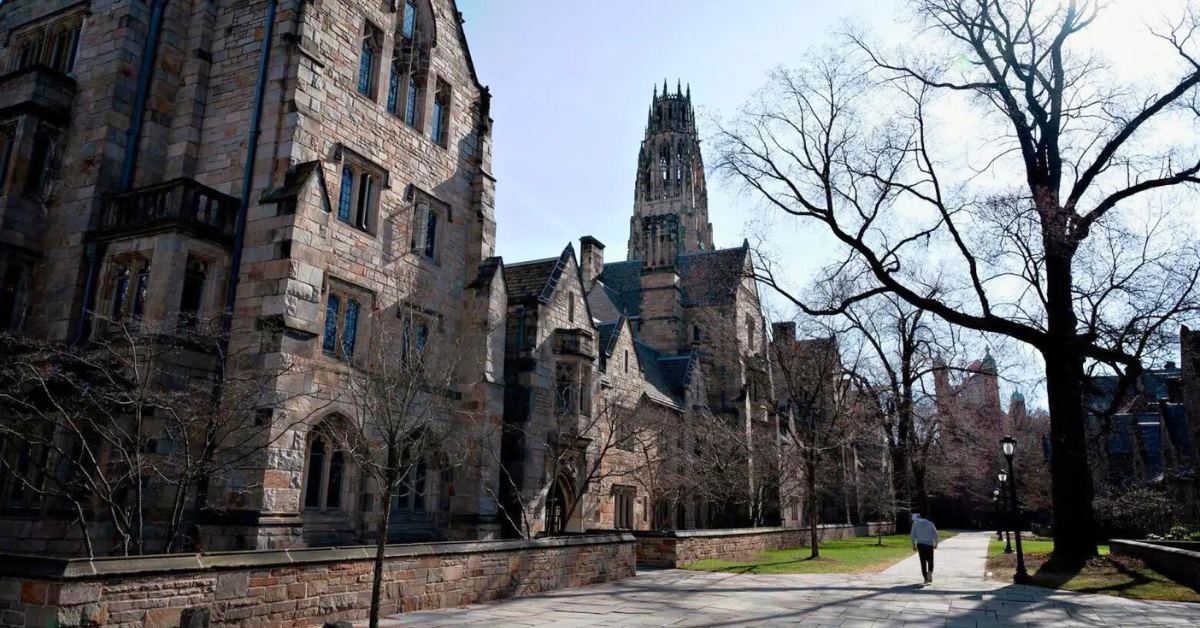When most people reflect on the civil rights movement, they may think it was a struggle solely for the African-American community.
However, the civil rights movement to me was a struggle of all oppressed people of color.
The civil rights movement is still something that is very palpable to me, and the mere thought of it gives me mixed emotions.
The thought that not too long ago, people were still fighting for some of the most basic rights makes me weary inside.
The Chicano movement of the 1960s is a topic that is rarely discussed, but in fact, it had many similarities with the civil rights movement.
Both movements addressed education, working conditions and segregation reforms.
Like black children, Latino children were segregated in schools. It wasn’t until 1947 that the Supreme Court prohibited the segregation of Latinos in schools, which set the precedent for the desegregation of black and white schools.
The African-American community had a compelling leader-Dr. Martin Luther King Jr. and the Latino community also had a formidable leader in Cesár Chavez.
King and Chavez proved to be committed to their people’s cause by promoting nonviolent resistance and leading by example.
Similar to the bus boycott was the grape boycott, though most people believe it was Chavez’s idea, it was actually the initiative of Filipino-American grape workers.
Leading from King’s example of the bus boycott, Chavez rallied supporters from across California and eventually the entire country.
One reader of the Huffington Post by the user name svwalker, commented on an article “Cesar Chavez And Martin Luther King Jr.: The Relationship Between Two Civil Rights Leaders” which includes a telegram King sent to Chavez during the grape boycott.
Thier comment read, “I remember that many of us (African-Americans) in the south supported and participated in the boycott of grapes.”
Parallel to the March on Washington of 1963, which demanded Congress to take action on the Civil Rights Act, Chavez’s nonviolent pilgrimage in 1966 from Delano to Sacramento demanded better working conditions for field workers and the official recognition of the United Farm Workers of America union.
In 1966, King sent Chavez a telegram in which he praised Chavez for his nonviolent tactics and offered support.
“We are together with you in spirit and in determination that our dreams for a better tomorrow will be realized,” King said.
The Chicano and civil rights movements were long and exhausting struggles, but they succeeded in achieving some recognition and justice for oppressed groups.
Latinos and African-Americans have made great strides in American society such as electing our first ever black president who in turn, appointed our first ever Latina Supreme Court Justice.
If it weren’t for the diligent efforts of the civil rights groups, I, being a Latina immigrant, wouldn’t have had the same access to education and employment opportunities that I do today.
If it weren’t for all the farm workers who participated in strikes, and all the people across the nation who boycotted grapes and for King who inspired Chavez in his fight for better treatment of farm workers, my father who has been a farm worker for nearly three decades since moving to this country from El Salvador wouldn’t have any rights or protection.
Overall, I can say the Chicano and civil rights movements went hand in hand, as both influenced and supported each other with similar objectives and outcomes.
Even today the Latino and African-American communities continue to show solidarity for each other as seen in the protests for justice of killed African-Americans and immigration reforms.
Since February is Black History Month, I would like to remind Latinos this is a month that we should also commemorate, because in some way or another we were all touched by the works and influences of black activists and supporters during the struggle of the Chicano movement.
Photo credit: http://hiphopandpolitics.com
Estefany Sosa
The Spartan Daily – San Jose State University



